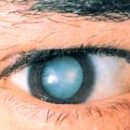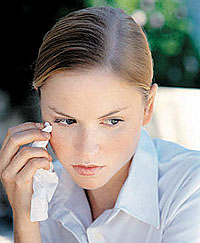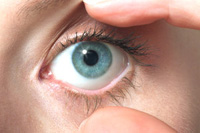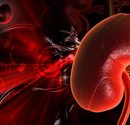What is dangerous iridocyclitis? What are the prevention measures of this disease? How iridocyclite is treated? Answers to these questions you can learn from this article.
Content
What is iridocyclite
One of the most common inflammatory diseases of the eye is inflammation of the iris and ciliary body. Thanks to the generality of the blood supply to the iris and the ciliary body, an isolated lesion of only iris - Irit or only a ciliary body (cyclit) is rare. More often the inflammatory process captures the entire front department of the vascular path and the iris and ciliary body - iridocyclite.
The following groups are divided by classification:
- Infectious and infectious-allergic;
- Allergic noncommunicable;
- With systemic and syndromic diseases;
- In the pathological conditions of the body and violations;
- Post traumatic.
Complications of iridocyclitis - It is possible to distribute the inflammatory process to the cornea, the scler, the rear departments of the vascular path, the retina and the visual nerve.
There is also a battle and infection of the pupil, the secondary glaucoma, the retinal detachment, the subatrophia of the eyeball after severe (long-flowing) fibrinous plastic iridocyclites.
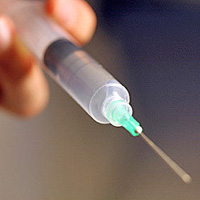 The treatment of iridocyclites must be complex with the inclusion of funds acting on the etiological factors, on the inflammatory process in the irons and the ciliary body, as well as the immune mechanisms in the patient's body. First aid is the appointment of drugs expanding pupil, to prevent the development of adhesions and relieving pain syndrome.
The treatment of iridocyclites must be complex with the inclusion of funds acting on the etiological factors, on the inflammatory process in the irons and the ciliary body, as well as the immune mechanisms in the patient's body. First aid is the appointment of drugs expanding pupil, to prevent the development of adhesions and relieving pain syndrome.
Systemically apply modern antibacterial agents. Antibiotics, anti-inflammatory drugs are prescribed in drops.
In most cases, drugs are introduced to the cubbnunctive (injections for the mucosa of the eyeball).
Physiotherapeutic treatment in ophthalmology for iridocyclite. Electrophoresis with antibiotics, enzymes, adrenaline, etc. (up to 15 procedures).
When sinking the process, resorption therapy is shown, including electrophoresis with aloe extracts and thermal procedures.
In the development of iridocyclitis, the effect of provoking factors of an external or internal environment, leading to re-entering antigens in the fabric of the eye from foci of infection.
Provoking factors are:
- cooling,
- Injuries,
- Endocrine shear in the body,
- Summary overwork.
Consequently, the prevention of iridocyclitis is the timely treatment of the underlying disease and the elimination of chronic foci of infection.
The peculiarities of the patient's behavior at the Irodocyclic do not exist. It is necessary to avoid provoking factors, strictly follow the recommendations of the ophthalmologist and in no case do not engage in.

